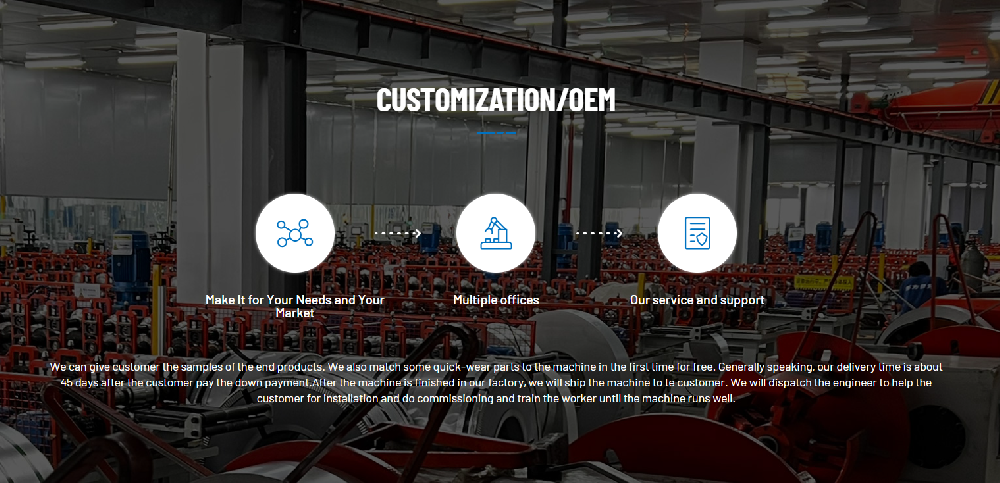Navigation Menu
Contact Us
- Email:
- info@wxavatar.com
- Address:
- Yurong Village, Yuqi Street, Huishan District, Wuxi, China.
Release Date:Jul 30, 2025 Visit:22 Source:Roll Forming Machine Factory
Roll forming machines are essential equipment in metal fabrication industries, capable of producing consistent, high-quality metal profiles. Proper maintenance is crucial for ensuring these machines operate at peak performance while minimizing downtime. This article outlines practical maintenance practices that can help prolong the operational life of roll forming equipment.

Regular Cleaning Procedures
Daily cleaning should be part of standard operating procedures for roll forming machines. Accumulated metal particles, lubricants, and dust can affect machine performance. Operators should:
Wipe down machine surfaces after each shift
Remove debris from rollers and guide systems
Clear cuttings from the shear area
Clean lubrication systems to prevent clogging
Lubrication Management
Proper lubrication reduces friction between moving parts and prevents premature wear. Maintenance personnel should:
Follow manufacturer's recommendations for lubricant types
Establish a schedule for lubrication based on usage hours
Check lubrication systems for proper function
Monitor lubricant levels and quality regularly
Clean and replace filters in lubrication systems
Component Inspection and Adjustment
Regular inspection helps identify potential issues before they cause significant damage. Key components to monitor include:
Roller alignment and wear patterns
Bearing conditions and clearances
Drive chain or belt tension
Guide and straightener adjustments
Fastener tightness on critical components
Electrical System Maintenance
Electrical components require specific attention to ensure reliable operation:
Check wiring connections for tightness
Inspect control panels for signs of overheating
Test safety switches and emergency stops
Monitor motor performance and temperature
Keep electrical cabinets clean and dry
Wear Part Replacement
Establishing a proactive replacement schedule for wear parts can prevent unexpected failures:
Track production hours on perishable tooling
Maintain an inventory of commonly replaced parts
Replace components before they fail completely
Document replacement history for predictive maintenance
Operator Training
Proper operation significantly impacts machine longevity. Training should cover:
Correct startup and shutdown procedures
Appropriate material handling techniques
Recognition of abnormal sounds or vibrations
Basic troubleshooting steps
Importance of reporting minor issues promptly
Documentation and Record Keeping
Maintaining detailed service records helps identify patterns and schedule maintenance:
Log all maintenance activities
Record production hours and output quantities
Document any repairs and parts replaced
Track lubrication schedules and fluid changes
Note any operational anomalies

Conclusion
Implementing a comprehensive maintenance program for roll forming machines can significantly extend their service life while maintaining production quality. By combining regular cleaning, proper lubrication, systematic inspections, and thorough documentation, operators can maximize equipment performance and minimize unplanned downtime. Following manufacturer guidelines and adapting maintenance frequency to actual usage patterns will help ensure optimal results.